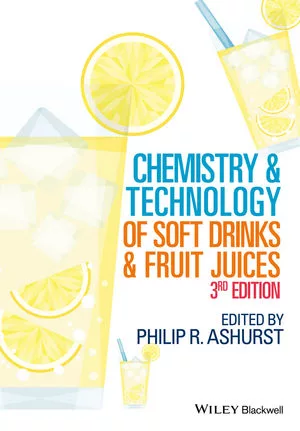Measuring operations tells story behind bottom line
Facility managers can use line efficiency, performance and productivity to measure operations
Beverage producers and distributors, like most business people, focus on the bottom line. The bottom line is what counts, whether it is favorable or unfavorable and to what extent that is. This is a common concern that is reviewed and analyzed monthly, quarterly and yearly. If favorable, the general consensus is that things are going well and operating effectively. However, when results are unfavorable, including when production quotas are not being met or expenses are over budget, initial reactions tend to indicate that business costs are the cause for some of these unfavorable situations.
Usually a broad approach is taken to determine the problem, with the presumption that across-the-board lump-sum cuts are the remedy. Such a decision can lead to more complex and difficult operating situations. So, what is a finite way to approach unfavorable conditions that will define specific problems, generate necessary operating data, and provide effective and economical solutions?
Operations analysis
Within the beverage arena, all operations can and should be analyzed and evaluated. If such actions have already been taken, the next step should be an analysis that will outline operation content and provide a basis for determining actual requirements for labor and machinery at various volume levels. This approach utilizes the Critical Time Analysis (CTA) concept, which means that every operation in a production or distribution facility must have required tasks documented and timed under varying sets of conditions. With task documentation, it becomes possible to make bona fide temporary or permanent adjustments as conditions change. It also provides a basis to establish benchmarks for evaluating actual versus expected results throughout the operations process.
Once beverage operations have been analyzed, evaluated, documented and subjected to CTA, measuring operations activity results becomes necessary to ensure bottom-line evaluations can be properly addressed in negative or positive situations. The intent here will focus on three major areas of measurement in the beverage cycle. All three have been used interchangeably, but all are different and provide various techniques for measuring operations.
Line efficiency
Traditionally referred to in the industry for measuring production line activity, line efficiency can have varied calculation methods, which can result in questionable accuracy and comparisons. Therefore, using a basic approach provides a reasonable degree of validity with minimal debate. Line efficiency actually is line utilization.
Line efficiency is intended to measure productive time versus downtime for beverage production. For example, 60 minutes of downtime in a 480-minute shift results in 87.5 percent line efficiency. The same approach can be used for asset utilization measurement. One eight-hour shift operation results in 33 percent asset utilization, because the equipment is only active for one-third of a 24-hour day.
Line performance
Often called efficiency, line performance is a performance measurement that basically involves a comparison of actual versus standard results. Actual production is recorded by various devices and still is questioned for accuracy. Standard production is an established level determined after an analysis of many factors:
- machine capacity and capability,
- total line configuration and limitations,
- container type and size,
- product characteristics, and
- downtime history.
Line performance measures actual production output versus standard output for the set of conditions under which the standard was established. Setting standard levels for each product is critical because it becomes the basis for a standard cost system. Pricing usually is based on production costs per case and, if the standards are being met, performance could be 100 percent or more. That is why line downtime always is a major factor that affects production cost per case and requires periodic review of production standards.
Productivity
Productivity is different as a measurement base because it is basically a trend tool used to assess people and machines over a period of time. Actually, productivity is affected by both efficiency and performance. People operate machines; however, how well they cope or overcome physical obstacles helps determine how productive they are or how productive they make the machines.
Labor productivity has been defined as units produced during each labor hour worked. In the beverage environment, cases produced during each labor hour worked are affected by the number of people on a line and the product’s or package’s interaction with the machinery. It is important to establish what operating conditions exist when productivity data is accumulated.
Machine productivity has been defined as units produced by each machine hour run. In beverages, as a practical matter, machine hours actually are line hours run to produce finished salable cases of product. Keep in mind, productivity measurement is a time-oriented trend indicator for labor and machinery improvement.
Looking for a reprint of this article?
From high-res PDFs to custom plaques, order your copy today!





